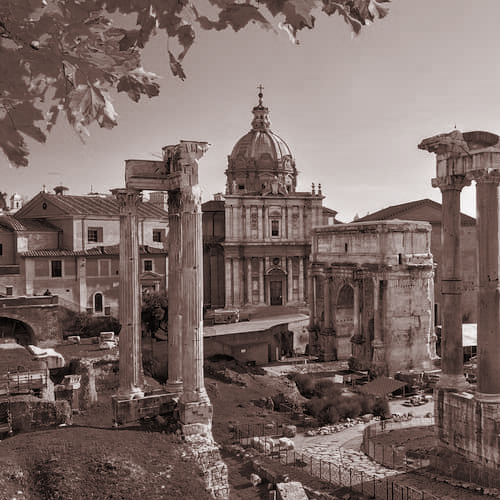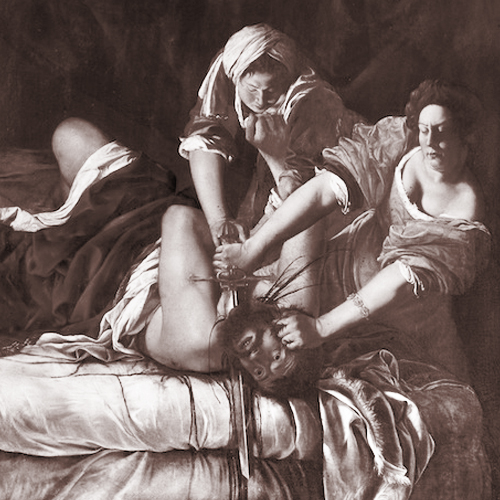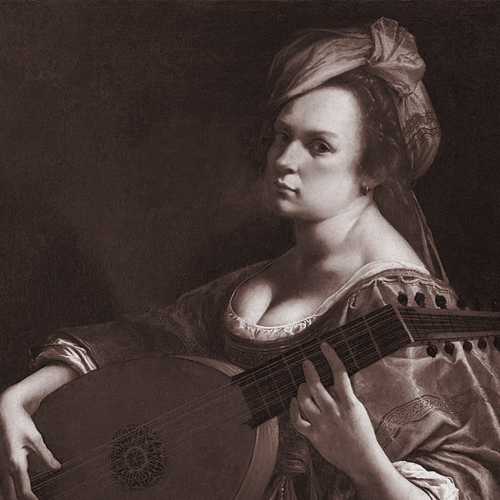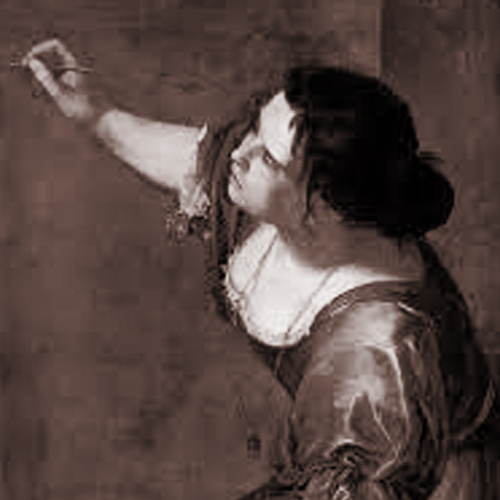
Artemisia Gentileschi
(1593–c.1656)
Known for: Baroque painting, portraying strong women, and breaking gender barriers in art
Born: July 8, 1593 – Rome, Italy
Died: circa 1653–1656 – Naples, Italy
Nationality: Italian
Profession: Painter
Movement: Baroque
Early Life and Artistic Training
-
Artemisia was born in Rome to Orazio Gentileschi, a successful painter and follower of Caravaggio.
-
She was trained in her father’s workshop, where she learned techniques in chiaroscuro (light and shadow), realism, and composition — rare access for a woman at the time.
-
By age 17, she had already created works more advanced than many male artists her age.
First Known Masterpiece
-
“Susanna and the Elders” (1610) — Painted at just 17, it showed her talent for dramatic realism and emotional depth.
-
Unlike male versions of the same scene, Artemisia’s painting focused on the fear and distress of the woman, offering a female perspective on a biblical story often sexualized by men.
Timeline: Artemisia Gentileschi

1593 – Born
Born on July 8, 1593, in Rome, Italy, to painter Orazio Gentileschi. Trained in art from a young age.

1610 – First Masterpiece
Painted *Susanna and the Elders* at age 17, showing early signs of her emotional realism and skill.

1612 – Assault Trial
Publicly testified in the trial against Agostino Tassi, the man who assaulted her. Endured brutal court proceedings.

1614–20 – Judith Slaying Holofernes
Created her most iconic painting, showing female strength and vengeance, now a symbol of feminist art.

1616 – First Woman in Accademia
Became the first woman admitted to Florence’s Accademia di Arte del Disegno, gaining major recognition.

1638 – Court Painter in England
Worked at the court of King Charles I in London with her father. Completed royal and biblical commissions.

1653–1656 – Death
Died in Naples around this time. Left a legacy of over 30 major paintings and a career unmatched by any female artist of her time.
Personal Trauma and Trial
-
In 1611, Artemisia was sexually assaulted by Agostino Tassi, a fellow artist and collaborator of her father.
-
Tassi promised marriage — a social obligation at the time — but did not fulfill it.
-
Her father took the case to court. The trial became public and brutal, involving:
-
Weeks of testimony
-
Physical torture to “verify” her statements (including thumbscrews)
-
Tassi was found guilty but never served a meaningful sentence
-
This trauma deeply influenced her art, fueling themes of female strength, revenge, and justice.
Rise to Fame and Artistic Themes
Despite this public scandal, Artemisia went on to build an independent and successful career — almost unheard of for a woman in the 1600s.
Signature Themes:
-
Heroic and biblical women: Judith, Susanna, Esther, Cleopatra
-
Revenge, power, and resistance
-
Naturalistic style influenced by Caravaggio, but with uniquely female interpretation
Famous Works:
-
“Judith Slaying Holofernes” (1614–20): Her most iconic work, showing a woman beheading an enemy general — a symbol of female empowerment and vengeance
-
“Judith and Her Maidservant”
-
“Self-Portrait as the Allegory of Painting”
-
“Lucretia”, “Cleopatra”, and “Esther Before Ahasuerus”
Travels and Commissions
Artemisia worked across several Italian cities:
-
Rome: Early career and training
-
Florence: Joined the Accademia delle Arti del Disegno, becoming the first woman ever admitted
-
Venice, Naples, and even London: She worked at the court of King Charles I of England
She gained the patronage of powerful figures including:
-
The Medici family
-
European royalty and nobles
-
Influential scholars and patrons who admired her skill and courage
Legacy and Recognition
Although she was well-known during her lifetime, Artemisia was largely forgotten for centuries, overshadowed by male artists and her father’s name.
Rediscovery:
-
In the 20th and 21st centuries, feminist art historians revived interest in her work and story.
-
Today, she is regarded as one of the most important female artists in history and a feminist icon.
Honors:
-
Major exhibitions at the National Gallery (London), the Uffizi Gallery (Florence), and others.
-
Her life has inspired novels, films, operas, and academic studies.
-
She has become a symbol of resilience, artistic brilliance, and justice.

Discover the untold stories of women who shaped the world. Our platform is dedicated to celebrating the lives and legacies of extraordinary women—artists, scientists, educators, and activists—whose contributions have often been overlooked in mainstream history.